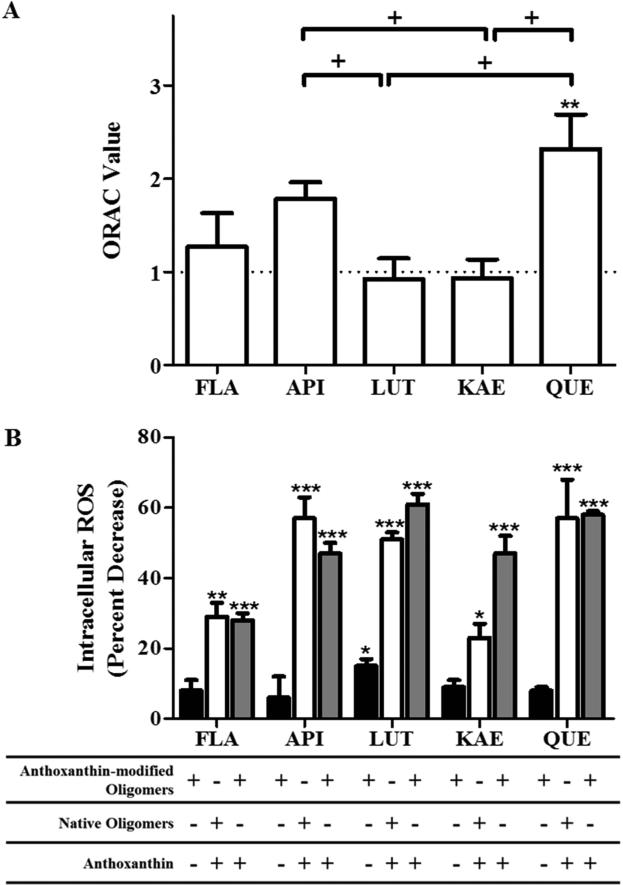Figure 5. Anthoxanthins possess potent antioxidant capability and attenuate Aβ oligomer-induced intracellular ROS in human neuroblastoma cells.
A) Anthoxanthins flavone (FLA), apigenin (API), luteolin (LUT), kaempferol (KAE), and quercetin (QUE) were diluted in 75 mM potassium phosphate (pH 7.0) for evaluation of antioxidant capacity using an ORAC assay alongside a Trolox standard. ORAC values are expressed as the equivalent Trolox concentration per molar concentration of anthoxanthin. The ORAC value of Trolox is shown as a dashed line. Error bars indicate SEM, n=3-4. **p<0.01 versus Trolox; +p<0.05 between samples. B) SH-SY5Y cells were incubated for 24 h with indicated treatments of 0.01 μM Aβ1-42 oligomerization products and 40 μM anthoxanthin, designed to isolate mechanisms for anthoxanthin attenuation of ROS: modulation of oligomer formation (closed bars), antioxidant action (open bars), or both mechanisms in concert (grey bars). Intracellular ROS was evaluated using the DCFH-DA probe. Results are expressed as the percent decrease in intracellular ROS relative to treatment with Aβ1-42 oligomers alone. Error bars indicate SEM, n=3-4. *p<0.05, **p<0.01, and ***p<0.01 versus Aβ1-42 oligomers alone.

